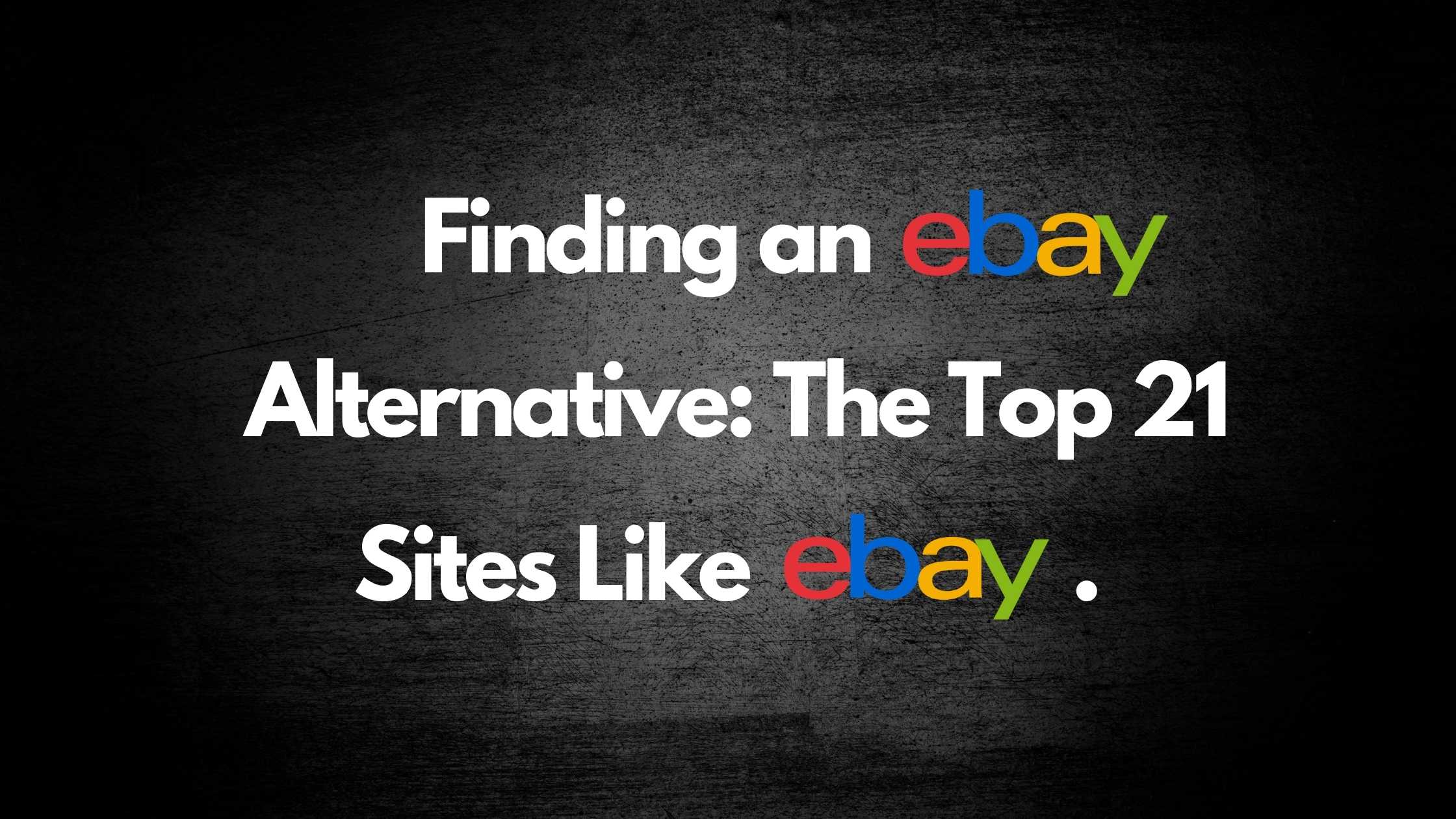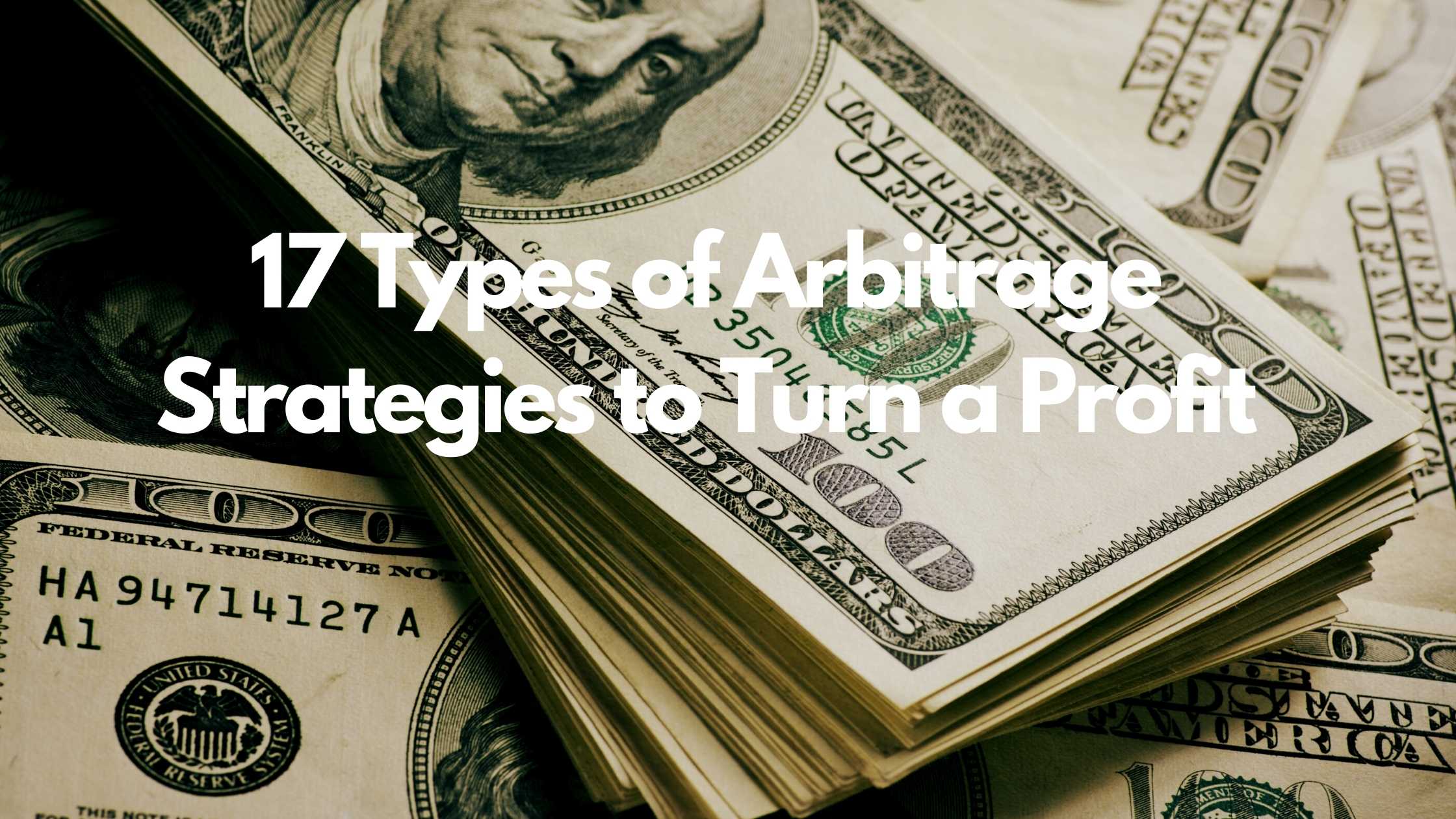
Customers’ Buying Decisions and the Brain

As much as we’d like to think that we’re rational decision-makers, emotion plays a huge role in how we decide things (especially when that decision is related to buying). On a rational level, we might recognize that Oreos have the exact same ingredients as the cheaper store brand of sandwich cookies, but we associate Oreos with childhood and convince ourselves that they’re somehow better. Or we might recognize that milk is cheaper at the grocery store, but it’s more convenient to pay more and get it from the corner store down the street.
So if you’re setting up your own online store, how can you use what we know about human psychology and buying decisions to encourage customers to purchase your products?
Show some personality. If customers are faced with two similar products from two different brands, they’ll usually go with the brand whose personality they prefer. That’s right, even if we don’t notice ourselves doing it, we prescribe personalities to brands based on things like color, text, and appearance (e.g. Google’s home page uses a simple design to show that it is easy to use, and they redesign their logos for holidays to show that they’re creative). When posting your products online, think about the personality that their photos, backdrops, and descriptions establish.
Tell a story that matters to the customer. Stories have been around since well before written history, and humans love making sense of the world around us by putting it into the frame of a narrative. When marketing your products, share a story—such as how you decided to start your business or how a specific person has benefitted from your products—in order to create a human connection and encourage the customer to support your company.
Show the customer what’s in it for them. Before making a purchase, most consumers perform a cost-benefit analysis (whether they’re aware of it or not). They’ll think about whether the price of an item and other potential obstacles (e.g. cost of shipping, time to ship) is worth the benefit they’ll get from the product. In order to show customers that the benefit of your product far outweighs the cost, your product description should explicitly state what the product can do for the buyer (e.g. “Dry long, thick hair in 5 minutes with this powerful hair dryer”).
Make it as convenient as possible. This ties into the idea of the cost-benefit analysis. Consumers are more inclined to purchase products when it’s convenient for them and are often willing to pay a little more for that convenience. By running an online store, you’re already providing customers with the convenience of shopping from home, but you need to go even farther to stand out from other online stores. Make your purchasing process as easy as possible (with as few clicks as you can), ship your products expediently, and provide great customer service.
TRENDING


Online Arbitrage for Beginners (Step-by-Step Guide)

17 Types of Arbitrage Strategies to Turn a Profit

Is Retail Arbitrage Legal?

How to Turn Textbook Arbitrage into a Business for Profit

How Can You Tell if a Book is a First Edition?

What to Do With Your Jigsaw Puzzle When Finished?

